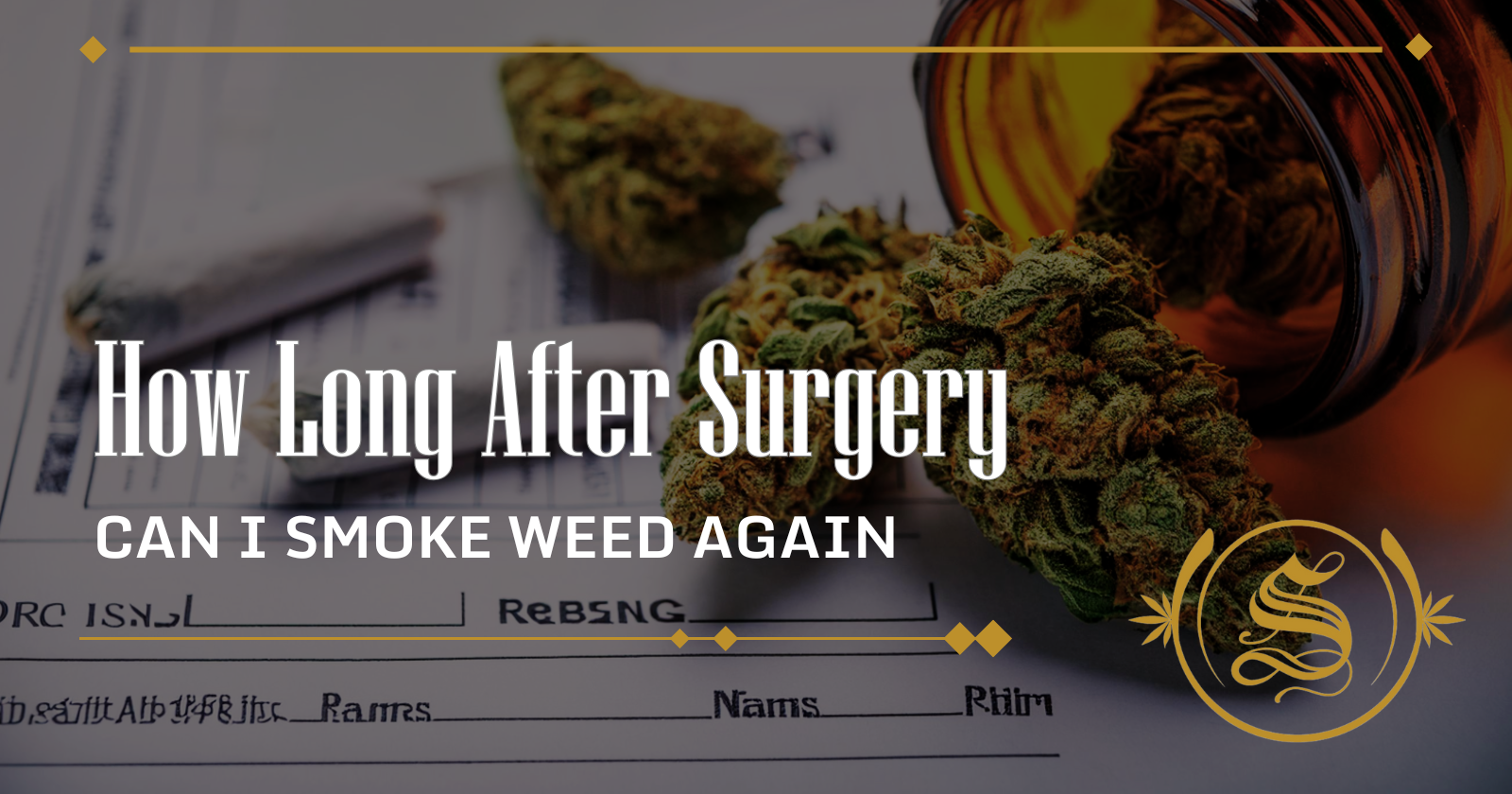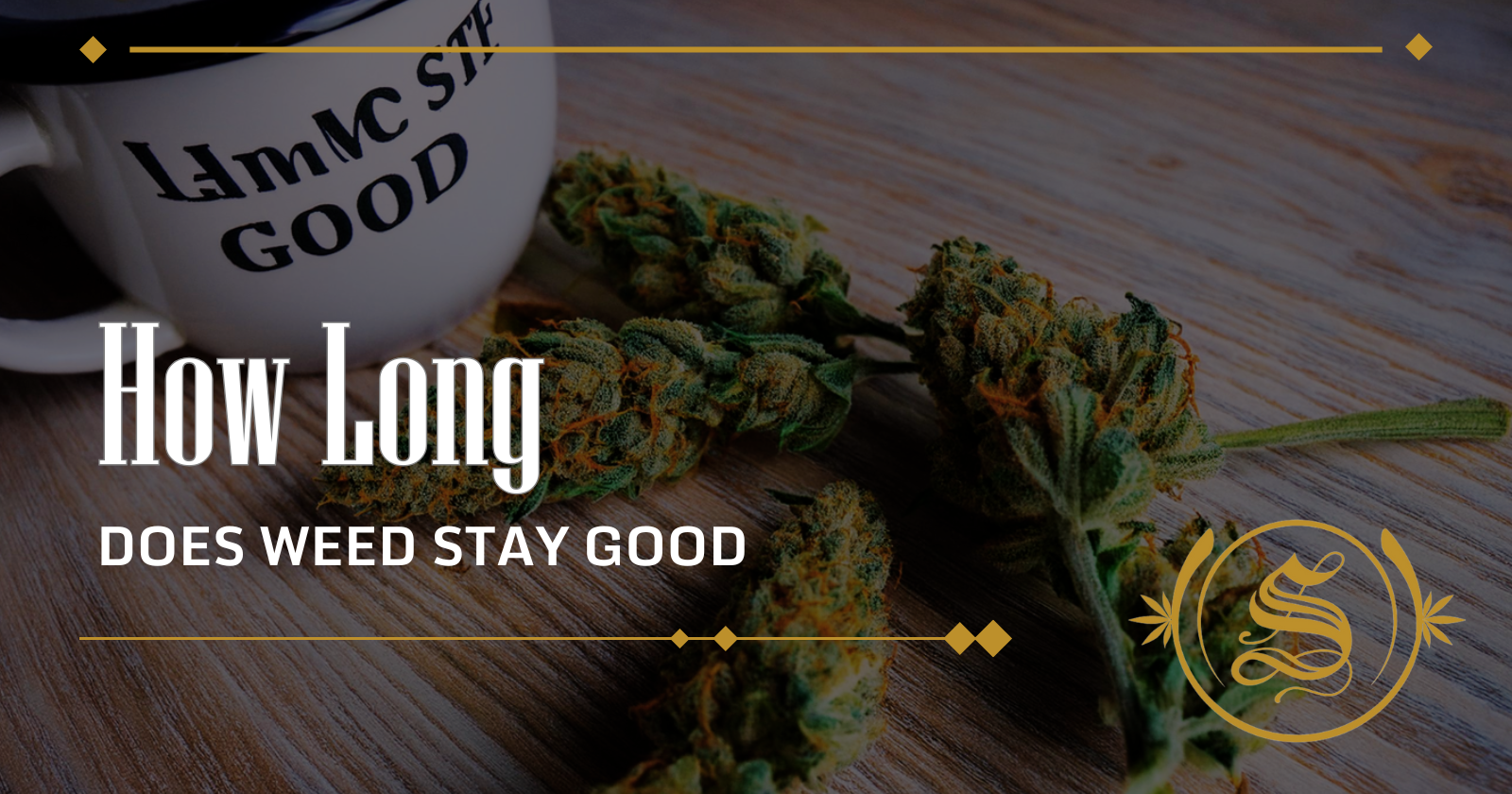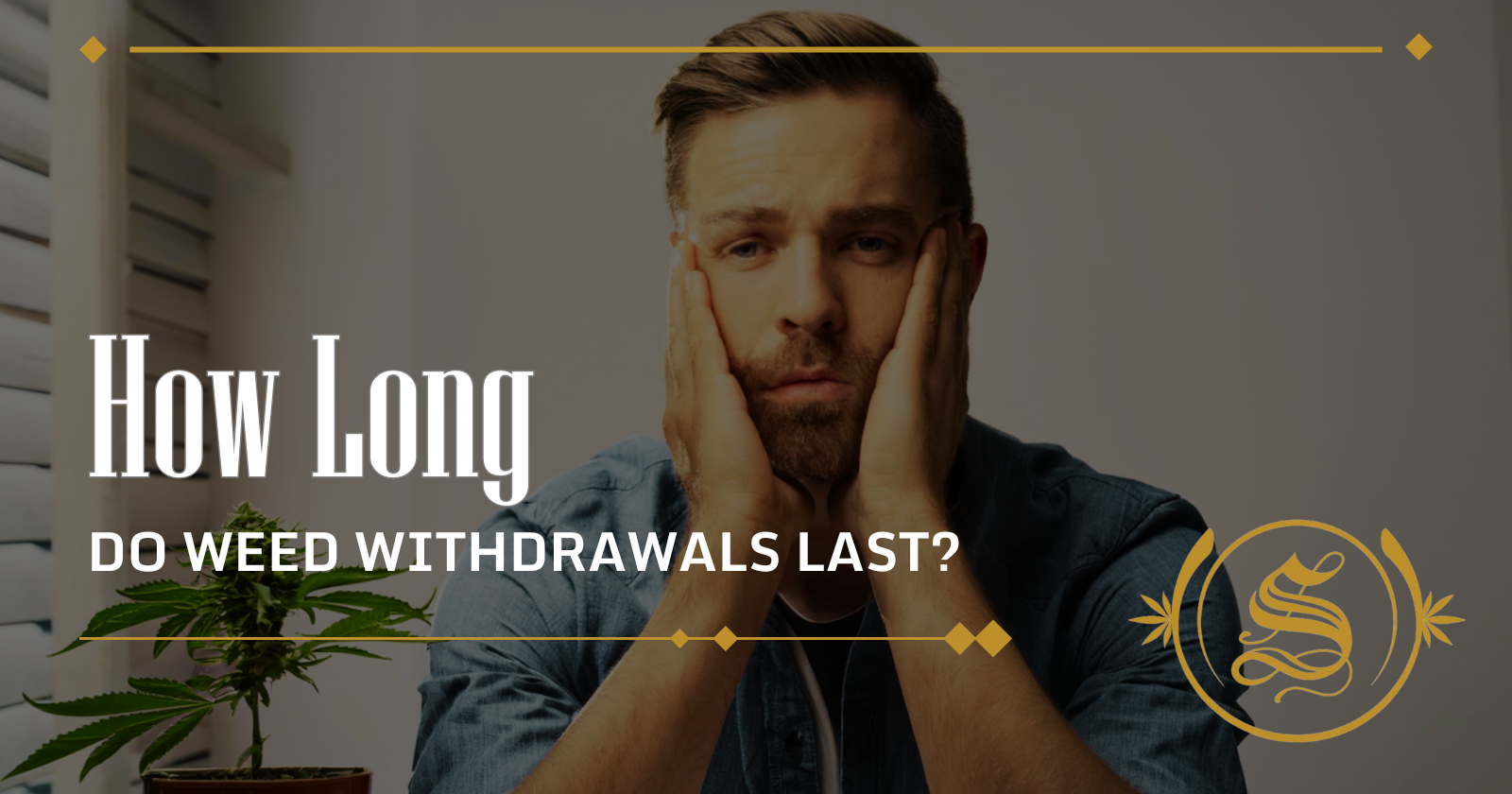Iftikhar Alam
Author
Reviewed by Cannabis Experts
Published on: December 13, 2021 | Updated on: September 10, 2024
Cannabis plants cannot scream for aid, but they may give indications when something is wrong. Almost every grower has experienced a circumstance where his or her plant begins to show signs of distress. This may include the plant drooping, leaves turning yellow, and/or leaves curling down into a claw shape.
Clawing or curling of the leaves is one of the most common difficulties that most people have with cannabis plants. Although weed leaves curling down is a typical occurrence, it can be difficult to cure, especially for beginner growers.
Whether you are a novice or a seasoned grower, you will need to figure out what is causing your weed leaves to curl and correct it.
Overwatering
The first step in determining the source of curling leaves is to make sure you are not overwatering. Overwatering puts the plant at risk of drowning and bud rot, as well as providing the perfect setting for Pythium, the parasite that causes root rot. Cannabis leaves curl due to both waterlogging and root rot.
Overwatering is one of the most common issues that new growers face, and it is fortunately easy to correct. Check your plants before you water them. Take a look at the soil and the leaves. If the leaves are drooping and appear to be developing slowly, and the soil is dry to an inch deep or more, it is time to water.
Otherwise, it is probably best to wait. In general, overwatering does more damage to your plants than gently underwatering. Underwatering can also cause leaves to curl, in which case all you need to do is water them more often. If the leaves of the plant perk up within 30 minutes of being watered, then you know underwatering was the cause for the leaves to curl.
Allow your plant to dry out for a few days if it has been overwatered, and then alter your watering schedule accordingly.
A moisture meter is a high-tech tool for assessing a plant’s watering needs. A moisture meter, like a thermometer, detects your plants’ water saturation from the root up. If you left your plant out to dry for several days and it still is wet, transplanting your plant into new, unwatered soil may be the best option to avoid problems.
Pests
Pests can damage cannabis plants in a variety of ways. They are not necessarily easy to see but the negative effects they invoke will be very noticeable. Aphids and mites, which live on the undersides of leaves and feed on the nutrients within, are two of the most frequent troublemakers to mess with weed plants.
As the leaves get munched on by these pests, they will curl downward at the margins and become crispy and dry to the touch. If a pest infestation is left unchecked, the leaves will be robbed of all their vitality and nutrition. Leaves may become deformed and yellow as a result of this.
Too much fertilizer
Fertilizer, like water, is necessary for the growth of your cannabis plants. Overfertilization, on the other hand, is not good for their health. Too much nitrogen and other critical elements in fertilizer will eventually destroy your plants.
Applying a lot of fertilizer to your young plants is generally not a good idea since they have not developed a strong defense mechanism to deal with many types of stress. When it comes to adding nutrients to your crops, excess nitrogen is not the only issue to consider.
If you avoid over-fertilizing your plants with nitrogen early on but over-fertilize them with potassium or phosphorus throughout their flowering time, you will promote curling. Apart from curling, the tops of the leaves are prone to burn. In the end, your plants may get chlorosis, which is a typical side effect of overfertilizing.
Bad soil
Always start with good soil or coco coir to avoid overwatering and underwatering your cannabis plants. It is common for bad soil to be heavy and muddy. Plants in poor soil will droop and curl their leaves downward, regardless of how much water they receive.
Consider three aspects when evaluating the condition of your soil: drainage, water retention, and texture. Your plants will not be able to maintain optimum oxygen levels, retain water, or absorb nutrients, if they do not have good soil.
Overwatering can cause soil to deteriorate because persistently moist soil becomes murky and prone to mildew. Good soil is black in color and has a loose texture. Unfortunately, once the soil has gone bad, there is not much you can do.
To prevent compounding the situation, just let your soil drain thoroughly. However, you can avoid the situation in the future. Incorporating tiny pebbles or pearlite into your soil mix may help with texture and aeration, keeping the soil fluffy and light while also enabling drainage.
Windburn
Windburn is a typical cause of weed leaves curling down. Plants that are exposed to excessively strong wind for an extended period of time may curl inward to defend themselves. If windburn is causing your leaves to curl, you may observe dark areas on your leaves that appear to be burned.
In your yard, you should also be able to watch the airflow. Windburn is most likely the cause of curling in an area with a lot of airflow. When the fans in an indoor grow are blowing too hard, windburn might develop.
If this is the case in your scenario, the solution is simple: lower the fan’s speed. If it is not possible, try adjusting the fan’s angle so that it does not directly hit your plant. Consider designing a windbreak around your plant if you are an outdoor grower who is experiencing windburn. In case you need a new fan, check out the reviews on this page.
Light burn
Heat stress and light burn can occasionally go hand in hand, although even under optimal conditions, light burn can occur. Indoor setups are more prone to light burn, which occurs when the plants are too close to the grow lights.
Curling occurs towards the top of the plant, or wherever it is closest to the light source, similar to heat stress. The leaves will become yellow and curl as a result of light burn. If your plants are suffering from light burn, move them further away from the source of light and they should recover.
Genetics
If you want to breed or reproduce, you will need a healthy parent plant. You will be able to tell if your plant will produce healthy offspring based on its DNA. If you buy a sick parent plant, it will probably pass on its ailments to the offspring, causing them to reproduce unhealthily as well.
This might be one of the reasons why your cannabis plant’s leaves are curling. You must give the plant enough fertilizer or nutrients to rid them of any ailment to restore them.
All forms of abnormalities and malformations on cannabis leaves are due to genetics. Some cannabis strains tend to grow curled leaves or other unusual traits. These plants will be phased out by many cultivators.
Temperatures are too hot
Heat stress is harmful to cannabis plants and can occur in both outdoor and indoor growing environments. Your leaves may curl and have brown tips when the temperature is really high. These are symptoms of heatstroke in your plants, and they are a distress signal that you must pay attention to.
This can harm your plants and may even burn the leaves, therefore the optimal temperature for growing your cannabis plants is below 82 degrees Fahrenheit. This difficulty can be alleviated by regulating the temperature of the grow chamber.
It is simple to adjust and reduce the temperatures for indoor growers, and you may use an air conditioner to do so. Regulating temperature or heat exposure for outdoor growers can be difficult. Most growers, on the other hand, use a screen to offer shade and keep cannabis plants a little cooler.
Temperatures are too cold
Curly cannabis leaves can also be caused by cold weather. Leaf yellowing of various types will eventually appear. While colder nighttime temperatures late in the flowering cycle might give buds a purple sheen, prolonged exposure to temperatures below 50 degrees Fahrenheit can destroy your plants.
If the plants make it to harvest, the flowers will be loose and leafy. Buds will be damp and sensitive to Botrytis, often known as bud rot when combined with high RH. If temperatures are too low indoors, extra grow lights can be added to transform a negative into a positive.
Outdoor growers may consider harvesting early or, if feasible, bringing plants inside at night. Cannabis is a resilient plant, however, outside of the ideal temperature range of 50–82 degrees Fahrenheit, leaves curl or claw.
Sources
Footnotes
- Frank M, Rosenthal E. Marijuana grower’s guide. California (USA): And/Or Press; 1978.
- William RD. Complementary Interactions Between Weeds, Weed Control Practices, and Pests in Horticultural Cropping Systems. HortScience. 1981;16(4):508-13.
- Kristensen L, Olsen J, Weiner J. Crop density, sowing pattern, and nitrogen fertilization effects on weed suppression and yield in spring wheat. Weed science. 2008;56(1):97-102.
- Holdich B. An essay on the Weeds of Agriculture: with their common and botanical names, their respective characters and bad qualities… Edited by G. Sinclair, etc. 1826.
- Cervantes J. Indoor marijuana horticulture. Van Patten Publishing; 2002.
- De Prato L, Ansari O, Hardy GE, Howieson J, O’Hara G, Ruthrof KX. The cannabinoid profile and growth of hemp (Cannabis sativa L.) is influenced by tropical daylengths and temperatures, genotype and nitrogen nutrition. Industrial Crops and Products. 2022;178:114605.
References
- Chlorosis. The Morton Arboretum. Accessed 4/10/2024.
- Let’s Cool your Home!. Home Caprice. Accessed 4/10/2024.
- Gray Mold Control: Learn About The Treatment Of Botrytis Blight. Gardening Know How. Accessed 4/10/2024.
The content provided on this blog is for informational purposes only and does not constitute medical, legal, or professional advice. Cannabis use is subject to local laws and regulations, which vary widely by jurisdiction. Always consult with a healthcare professional before starting any new treatment or altering an existing treatment regimen. The authors and publishers of this blog are not responsible for any actions taken based on the information provided herein. Use cannabis responsibly and in accordance with applicable laws. This blog is intended for adults aged 21 and over. The Sanctuary Dispensaries D186, D187.








